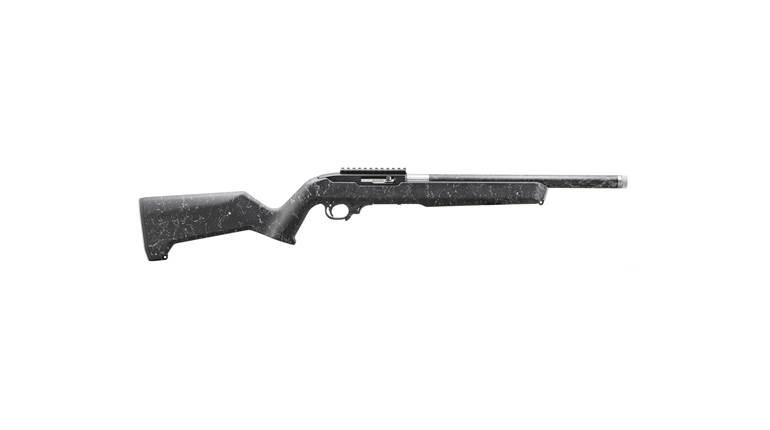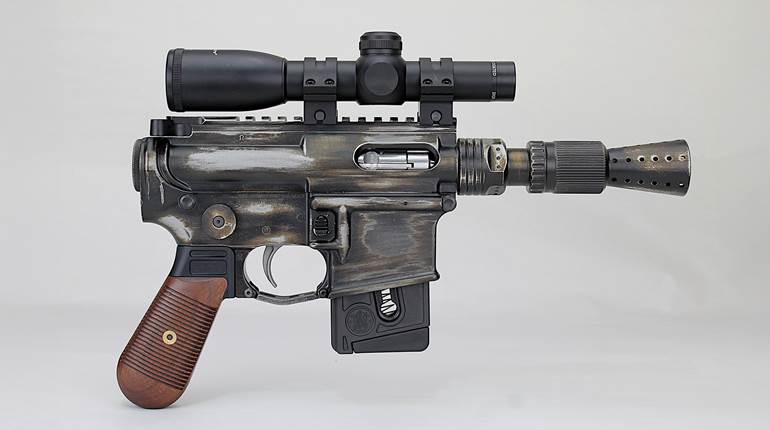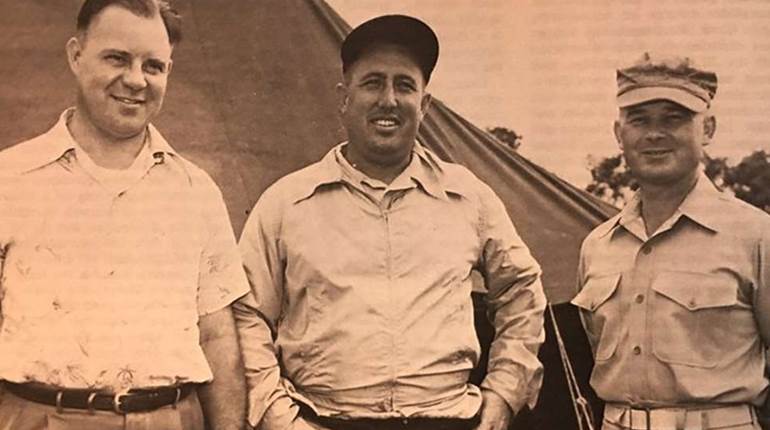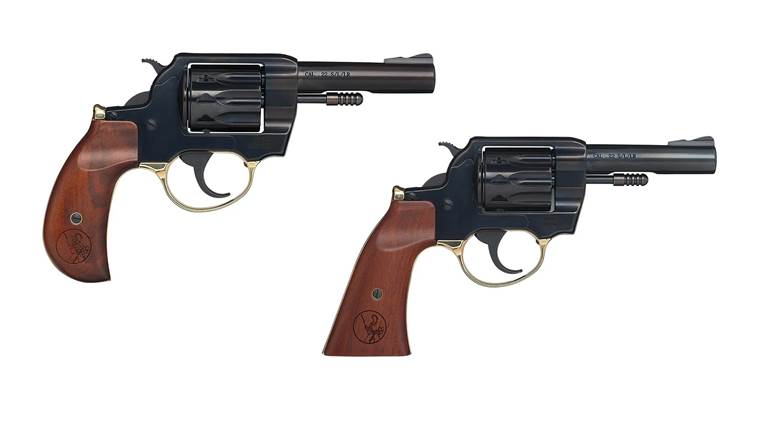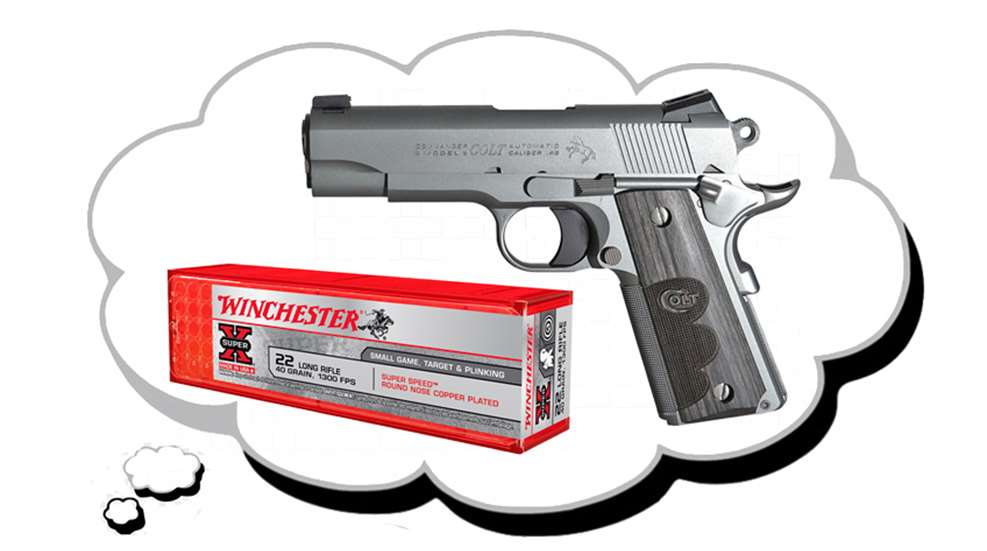
We are in an unprecedented era of interest in handguns of all types. Since the end of World War II, there's been a lengthening roster of handgun makers, as well as completely new handgun types. Back at the mid-point of the 20th century, double-action semi-automatics were confined to a couple of Walthers, the magnum revolver was in its infancy and a swap-barrel single shot was unheard of. The most personal of firearms in that they may be carried on the person, handguns continue to fascinate. You'd think that a buying trip to a well-stocked gun store would produce just about anything you might want in the way of handguns. For the most part, that is true. You can almost always find several choices and prices in every possible type of one-handed gun. Simply put, you can get anything you need and that's a happy state of affairs. But what about that rare occasion when it isn't what you need, but what you want?
There are a number of little gaps in the various models, calibers and features currently available. The gun marketing people refer to these as “niches.” Just about any time the demand for a gun product that fills one of these niches is strong enough to warrant a limited production run, they'll act. It is a gamble and they don't like to gamble, they like sure things. It may also be a function of how hard (read expensive) it is to modify an existing product or build something new. As a custom-gun junkie of serious proportions, I have indulged my whims and fancies over the years. But sometimes, I have concluded, it might be a lot easier if the factory just made what I need—s'cuse, what I want. In the next few blogs, I'm going to talk about a few special handguns somebody ought to make. 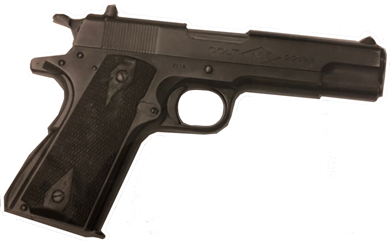
The first firearm I ever fired was a variation of the 1911 pistol. Called the Colt Ace, the gun was an early attempt to build a .22 Long Rifle version of the .45 service pistol. Theoretically, such a gun was a viable product in the sense that it would be a good (read inexpensive) trainer for .45-equipped personnel. I don't believe the practice of using large numbers of Aces on military training ranges ever became widespread, but I had training on basic pistol marksmanship with one of them at Quantico in 1957. Colt also considered the use of their 1911 .22 as a match gun. Colt initially made two variations of the gun, as well as conversion units. None of them enjoyed continuing strong interest.
Getting right to the point, I want a Commander in .22 Long Rifle.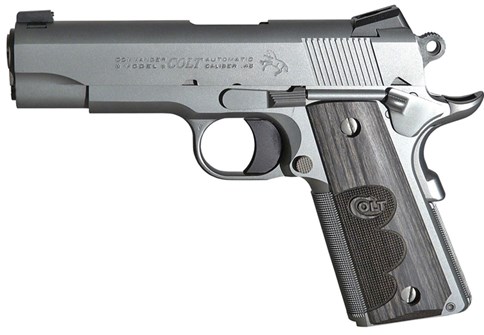
There are a number of reasons why. The biggest is probably a matter of personal preference. I use a Commander by choice as a primary defensive pistol. Although I have several full-sized (5” barrel) 1911s and admire them for their history and reliability, I bought my first Commander in 1975 and formed an instant bond. Weight, balance and handling seemed just right and I have never looked back. After trying Commanders in other calibers, I settled on the original lightweight .45. It would be really handy to have a rimfire Commander for a couple of good reasons. Training with a .22 version of your primary armament has always been a popular concept and I would likely do some of that. But there are a lot of instances when a .22 is the gun you happen to need. It would be really cool to have a Commander in .22 Long Rifle, a gun with the same handling, feel, sights as your regular arm. Personally, I would want my .22 Commander with an accuracy potential good enough for match shooting.
I am aware that .22 Conversion units of varying types and quality are available. Several years ago, I did an inclusive shooting review in American Rifleman, covering all of them I could obtain. The results were very interesting. In the accuracy sense, the best of these units were the old-style Kart and the Marvel. Both of those are currently unavailable, but I vividly recall the Marvel producing quarter-inch groups at 25 yards. There is an obvious advantage to a conversion unit mounted on a quality receiver—it can become a .45 again in a few moments. That isn't exactly what I am after.
I would like to see one of the major makers build a version of the Commander using the mechanical principles known to produce accuracy in a .22 semi-automatic. The barrel should be fixed to the receiver in such a way as to form what is the upper portion of the slide in a 1911. In other words, the barrel and sights are affixed to the receiver. Underneath the barrel, there is a sort of lower slide that recoils against an internal coil recoil spring when the pistol cycles. The gun could be shaped so as to strongly resemble the original Commander pistol, but it would operate differently.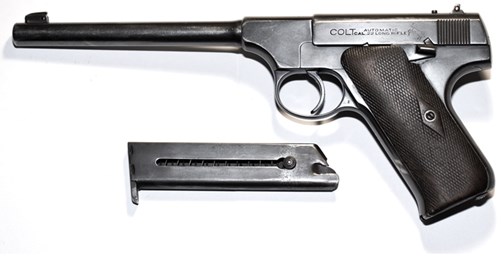
By the nature of the recoil thrust generated when a .22 fires, my hypothetical gun does not have a barrel unlocking from the slide. It is a pure blowback, so the reduced size and weight of the lower slide are enough to develop reliable functioning. There are several older pistols, once treasured by the bullseye crowd, that worked very much like this. High Standards worked pretty much this way, as did the various models of the Colt Woodsman (above). There was also a seldom seen target gun from Browning called the Medalist. The real gem of the target .22s was the elegant Model 41 from Smith & Wesson.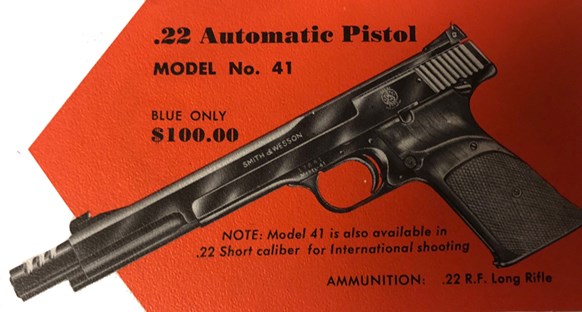
Today's pistol market is loaded with a bunch of great .22 Long Rifle semi-automatic pistols. Some of them even come in your choice of colors. That is a phenomenon I have trouble digesting, but it happened so quickly, I had no opportunity to object. If you are looking for an inexpensive .22 pistol for plinking or popping rats at the dump, there are many guns from many makers. But no one makes a high-quality 1911 pistol in Commander length with the shape, size and handling of the original Colt.
Somebody oughta.












